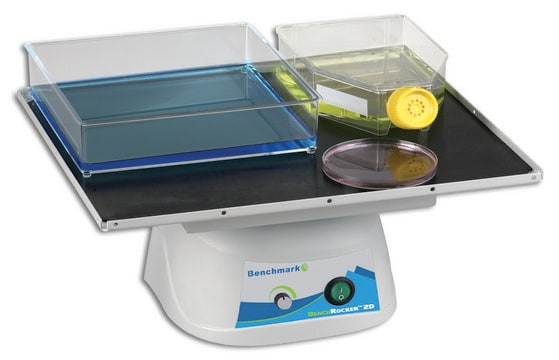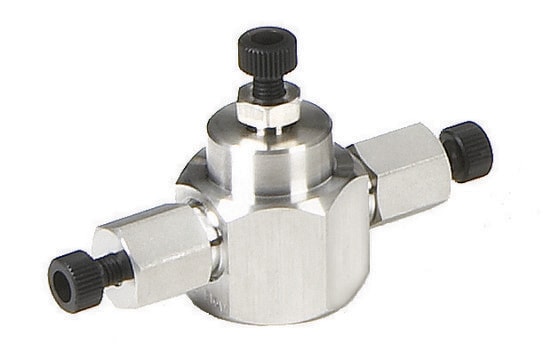735817
Polypyrrole-block-poly(caprolactone)
0.3-0.7 wt. % (dispersion in nitromethane), contains p-toluenesulfonate as dopant
Sinónimos:
Biotron PP-NM, PCL-block-PPy
About This Item
Productos recomendados
form
liquid (dispersion)
Quality Level
contains
p-toluenesulfonate as dopant
composition
Biotron PP polymer, 0.3-0.7 wt. %
ethanol, 4-8 wt. %
nitromethane, 90-95 wt. %
concentration
0.3-0.7 wt. % (dispersion in nitromethane)
conductivity
10-40 S/cm (bulk)
General description
Average transmittance: 70-90%
Biodegradble conducting polymer for bomedical applications. PCL diol blocks have average molecular weight 2000 and PPy block have an average molecular weight of 4000 with a 25% doping level. Good biocompatibility with expected weight loss of 40% at 200 days in pH=7 buffer.
Application
Features and Benefits
Caution
Other Notes
Legal Information
signalword
Danger
Hazard Classifications
Acute Tox. 4 Inhalation - Acute Tox. 4 Oral - Carc. 2 - Flam. Liq. 2 - Repr. 2
Storage Class
3 - Flammable liquids
wgk_germany
WGK 2
flash_point_f
66.9 °F
flash_point_c
19.4 °C
Certificados de análisis (COA)
Busque Certificados de análisis (COA) introduciendo el número de lote del producto. Los números de lote se encuentran en la etiqueta del producto después de las palabras «Lot» o «Batch»
¿Ya tiene este producto?
Encuentre la documentación para los productos que ha comprado recientemente en la Biblioteca de documentos.
Los clientes también vieron
Biomedical Applications
Artículos
The application of conducting polymers at the interface with biology is an exciting new trend in organic electronics research.
Organic materials in optoelectronic devices like LEDs and solar cells are of significant academic and commercial interest.
Organic materials in optoelectronic devices like LEDs and solar cells are of significant academic and commercial interest.
Organic materials in optoelectronic devices like LEDs and solar cells are of significant academic and commercial interest.
Nuestro equipo de científicos tiene experiencia en todas las áreas de investigación: Ciencias de la vida, Ciencia de los materiales, Síntesis química, Cromatografía, Analítica y muchas otras.
Póngase en contacto con el Servicio técnico















